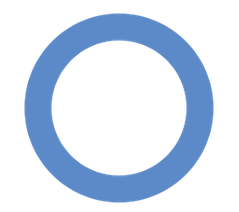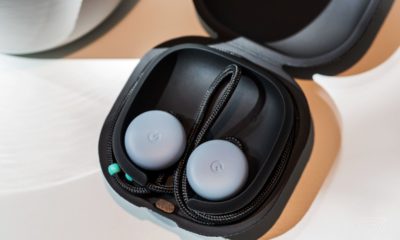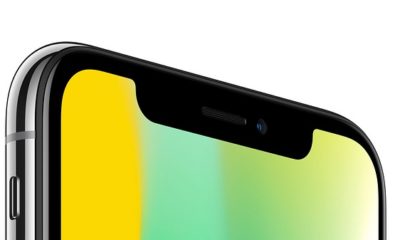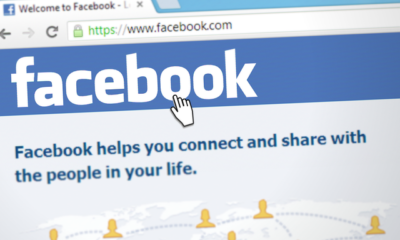
Google has revealed one of the latest gadgets that they are testing. The prototype is a contact lens that once perfected will be very useful for people with diabetes, as the contact lens is fitted with a sensor and transmitter to monitor the wearer’s blood sugar through tears. This means that with the Google Smart contact lenses, diabetics do not have to draw their blood several times a day to monitor their glucose level.
Smart contact lens
The contact lens was unveiled by Google last Thursday. The company said that the contact lens will be able to monitor the glucose levels through the wearer’s tears, which will benefit millions of people with diabetes, as this will be less invasive than pricking their finger about 10 times a day. The lens is equipped with a wireless transmitter and a small glucose sensor.
Five-year wait
The prototype of the contact lens is projected to be available to consumers in about five years’ time according to Google. They added that this is just one of the medical devices being designed by many companies to make it convenient for diabetics to monitor their glucose level. It is projected to help more than 382 million diabetics in the world, those sufferers that need insulin and have to monitor their blood sugar and adjust the dose of their medicine.
Google projects
Google also revealed that the contact lenses is part of the projects that the Google X lab is working on, which include Google Glass and a driverless car. Google X is also working on Project Loon, which is meant to send Internet signals to areas that are still unwired by means of large balloons.
But the research for the contact lenses did not originate from Google. It was started years ago at the University of Washington. The funding for the research came from the National Science Foundation.
Board Chairman Dwight Holing of the American Diabetes Association said that he is thankful that there are many scientists helping to find solutions for diabetic sufferers but still cautions that the device should be able to provide timely and accurate information.
Ordinary looking lens
The smart lens looks like ordinary contact lens. Within the lens are two specks that are actually composed of several thousands of mini-transistors with antenna that is thin as hair ringing the lens. According to the researchers, this wireless glucose sensor is the smallest so far.
Not the only one
There are other glucose monitoring systems that do not use needles that are in the works. NovioSense of the Netherlands is also working on a similar contact lens, which has a flexible spring that is placed under the eyelid. OrSense of Israel has one that fits around a thumb. There were also earlier experiments using saliva sensors as well as tattoos.
In 2001 the FDA approved a wristwatch monitor although patients that have used it complained the electric current that pulls the fluid cause them pain. It was also still quite full of bugs.
DailyTech.com hails the smart contact lens from Google as great news for diabetics:
“Here’s some great news for those who can’t find enough time in the day to prick their fingers and check: the new contact lens prototypes generate readings once per second.
In addition to readings, the lens could also warn its wearer of extremely high or low blood sugar levels with tiny LED lights that glow when thresholds have been crossed into the danger zone.”
It is now up to the FDA which one of the medical devices will pass and be approved for commercial use.
Photo credit: Taken by IntDiabetesFed under Creative Commons Attribution-Share Alike 3.0 Unported License.















Facebook
Twitter
Pinterest
Google+
LinkedIn
Email